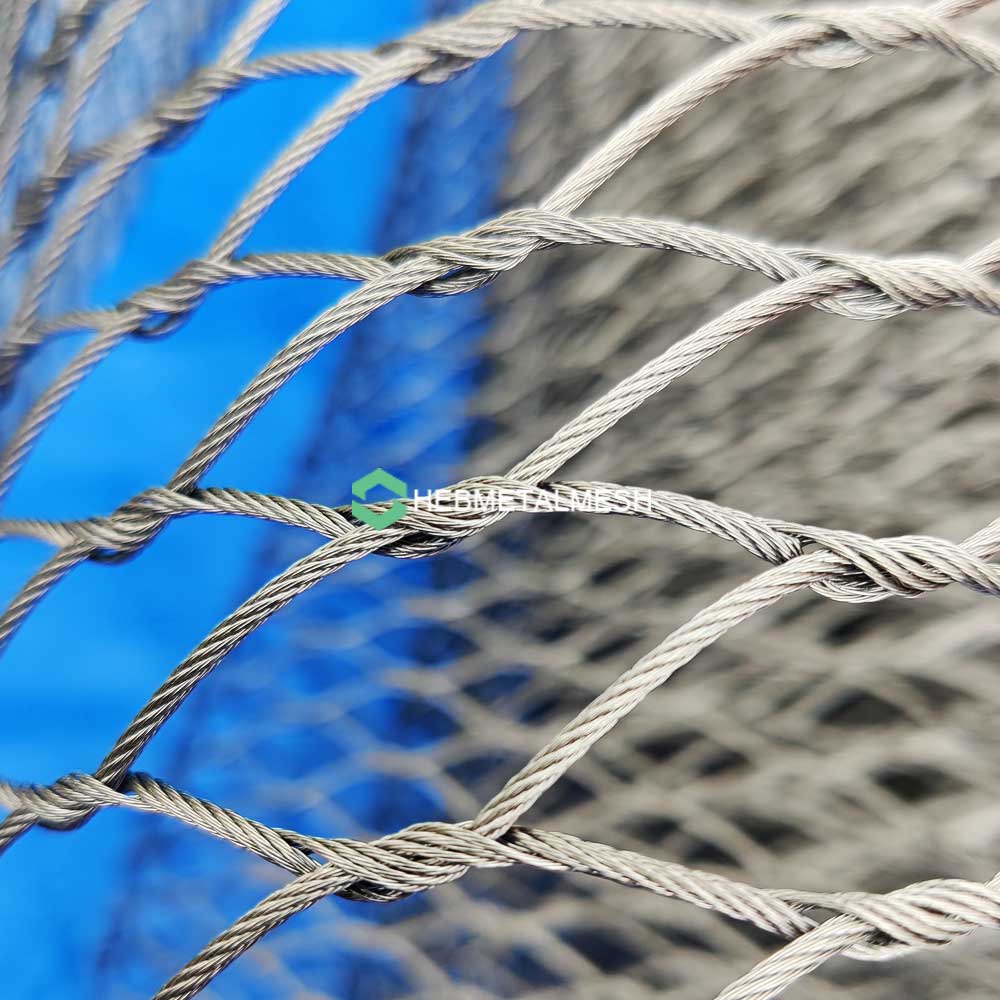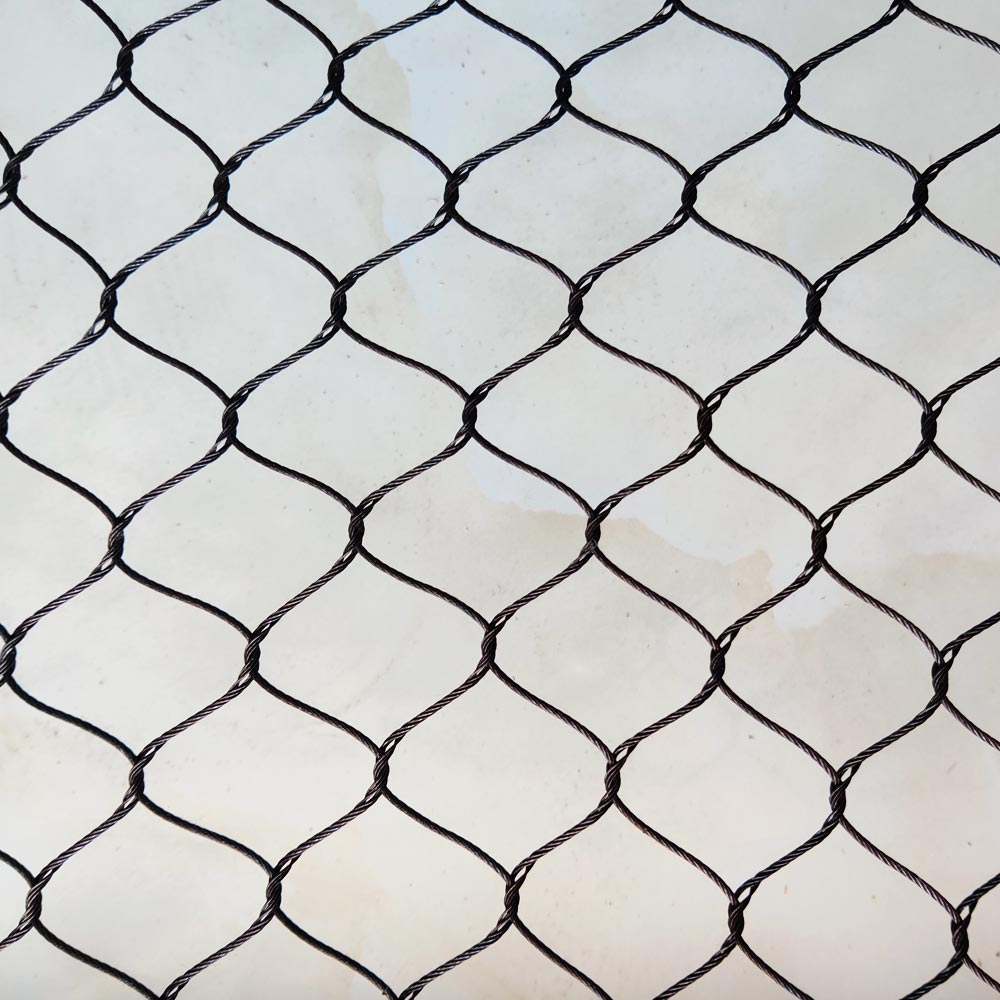Choosing the right mesh stainless steel can be a daunting task. With various grades, sizes, and weave patterns available, making an informed decision is crucial.
This guide aims to simplify the process. It will help you understand the key factors to consider when selecting mesh stainless steel for your specific needs.
Whether you’re a professional in construction or a DIY enthusiast, this article will provide valuable insights. Let’s dive into the world of mesh stainless steel.

Understanding Mesh Stainless Steel
Mesh stainless steel is a versatile material. It’s used in various industries, from construction to home improvement.
This material is known for its strength and durability. It’s also resistant to corrosion, making it ideal for outdoor applications.
Here are some common uses of mesh stainless steel:
- Fencing and barriers
- Architectural design elements
- Industrial filtration systems
- Security screens
Understanding these applications can help you choose the right mesh stainless steel for your project.
Key Factors in Selecting Mesh Stainless Steel
When choosing mesh stainless steel, several factors come into play. These include the material grade, mesh size, wire diameter, and weave pattern.
Each of these factors affects the mesh’s performance. They determine its strength, durability, and suitability for specific applications.
Here are the key factors to consider:
- Material grade
- Mesh size
- Wire diameter
- Weave pattern
Material Grades and Corrosion Resistance
Stainless steel comes in various grades. Each grade has different levels of corrosion resistance.
For outdoor applications, choose a grade with high corrosion resistance. This ensures the mesh can withstand harsh weather conditions.
For indoor use, a lower grade may suffice. It’s less expensive and still offers good durability.
Mesh Size and Wire Diameter
Mesh size refers to the number of openings per inch. A higher mesh size means smaller openings.
Choose a mesh size based on your project’s needs. For example, smaller mesh sizes are ideal for filtration systems.
Wire diameter affects the mesh’s strength. Thicker wires result in a stronger, more durable mesh.
Weave Patterns and Their Applications
The weave pattern also plays a role in the mesh’s performance. There are three common patterns: plain, twill, and Dutch.
Plain weave is the most common. It’s suitable for a wide range of applications.
Twill weave is stronger and more durable. It’s ideal for heavy-duty applications.
Dutch weave has the smallest openings. It’s used in high-precision filtration systems.
Stainless Steel Cable Mesh: Special Considerations
Stainless steel cable mesh is a unique type of mesh. It’s made from intertwined steel cables, resulting in a flexible and robust mesh.
This mesh is ideal for architectural applications. It’s also used in zoos for animal enclosures due to its strength and flexibility.
Installation and Maintenance Tips
Installing mesh stainless steel requires precision. Always measure twice before cutting and ensure you’re using the right tools for the job.
Maintenance is straightforward. Regular cleaning with a mild detergent and water will keep your mesh looking new and corrosion-free.
Evaluating Suppliers and Prices
Choosing the right supplier is crucial. Look for those who offer quality products, technical support, and consistent supply.
Compare prices among different suppliers. Remember, the cheapest option may not always be the best value.
Conclusion: Making an Informed Decision
Choosing the right mesh stainless steel is a critical decision. It requires understanding of various factors and careful evaluation.
Make an informed choice. Ensure the mesh meets your specific needs and offers the best value.


